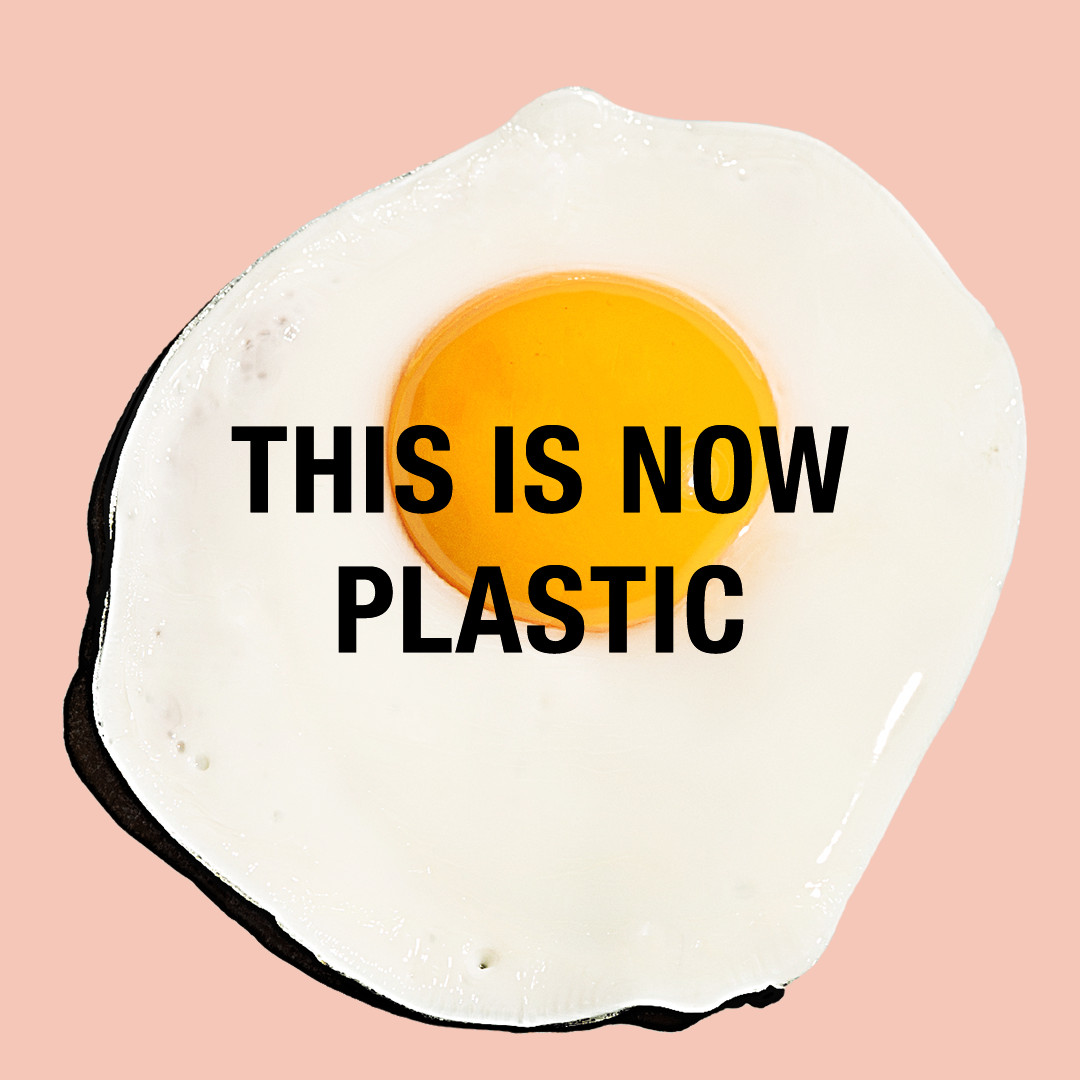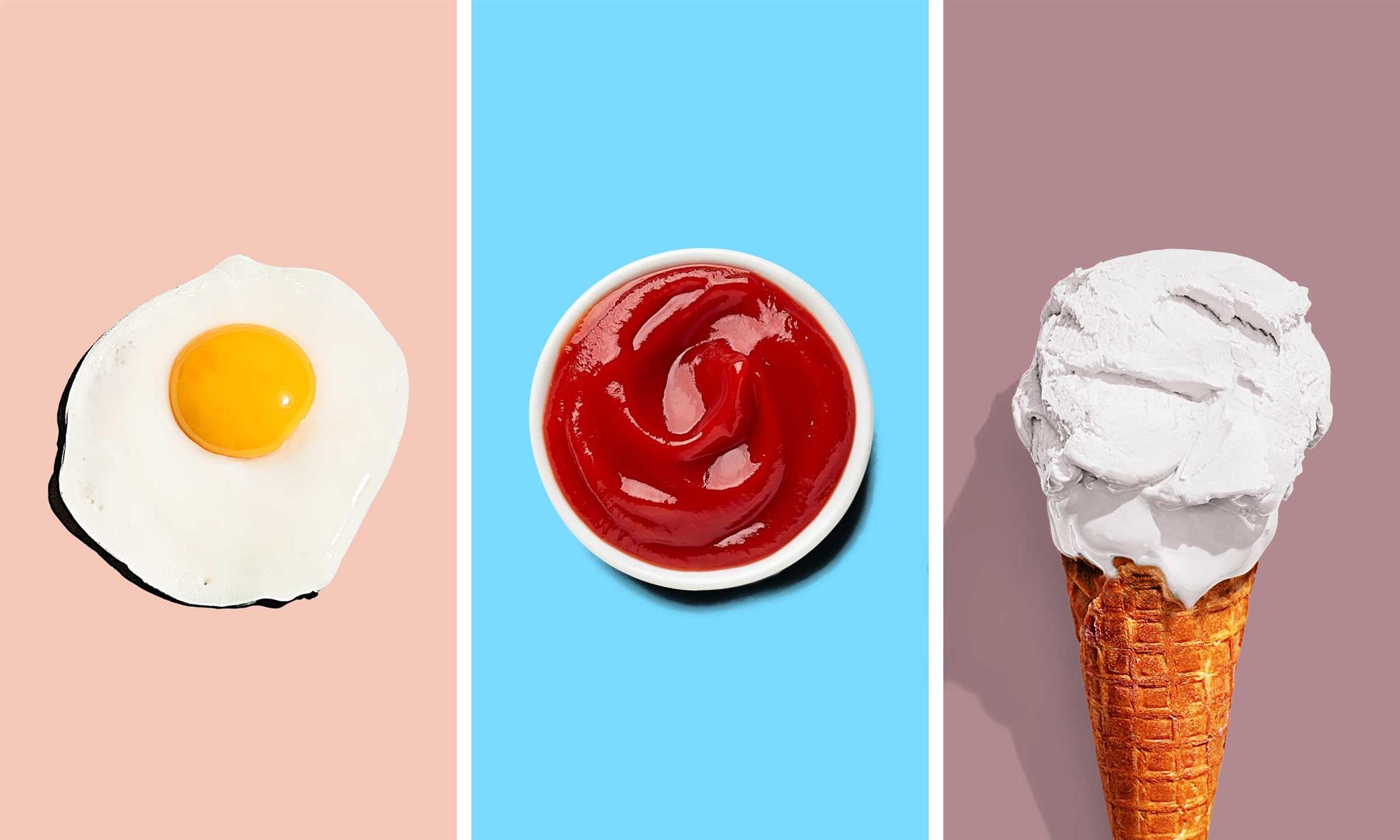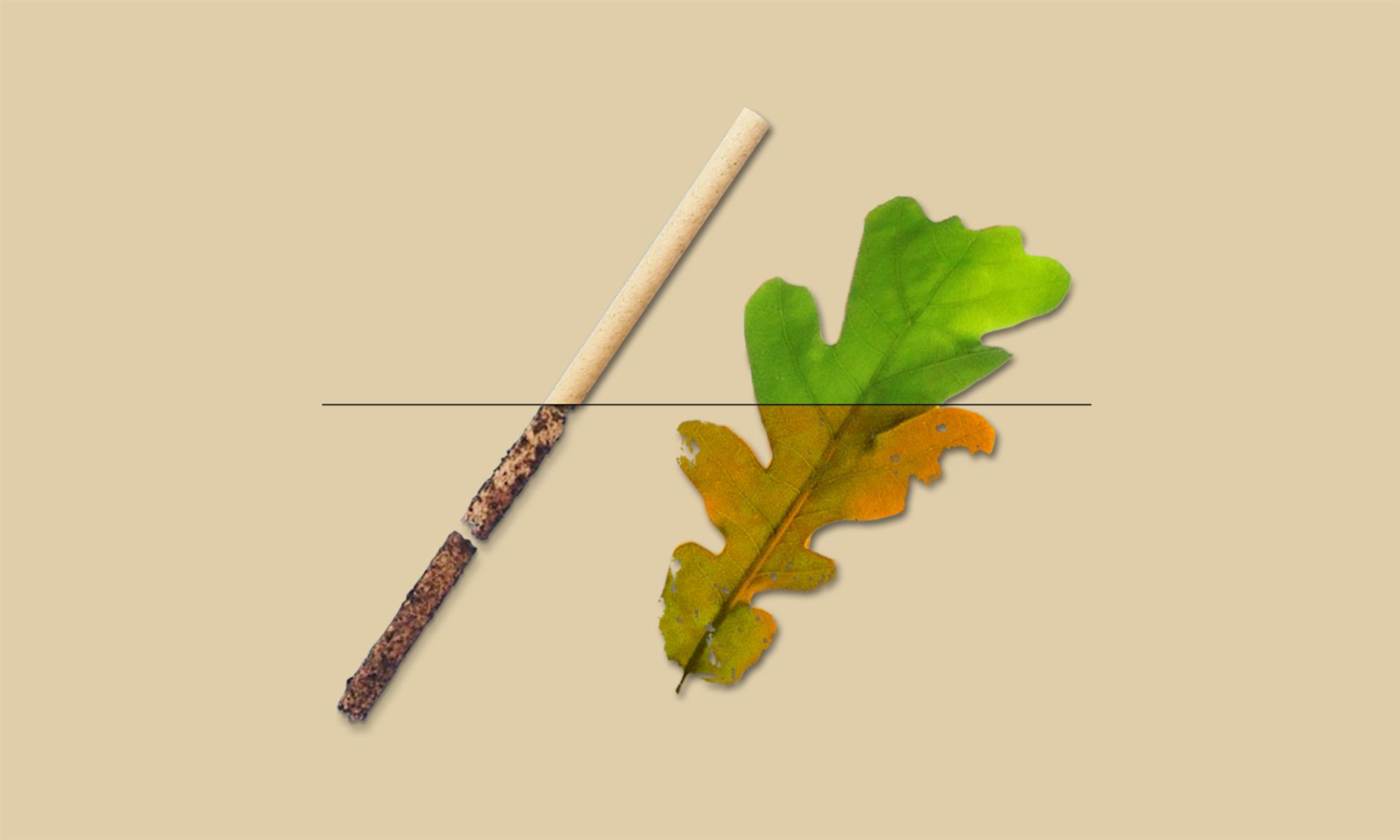Appeal to policymakers regarding the EU Single-Use Plastic Directive: Redefine plastic – nature and innovative solutions need your support
The new EU Single-Use Plastic Directive aims to reduce plastic pollution by banning some materials that biodegrade without leaving permanent microplastics behind

The new EU Single-Use Plastic Directive (SUP) is a step towards the plastic waste-free future. Unfortunately, it’s also an example of a way too broad plastic definition. Even materials that biodegrade, such as fried egg, ice cream (and Sulapac) could be defined as plastics, even though they leave no permanent microplastics behind. These kinds of absurd definitions are an obstacle in our fight against the global plastic pollution crisis.
On the 31st of May 2021 the European Commission published guidance to support the implementation of SUP that was approved in May 2019. Under the new rules, specific measures are introduced to reduce the use of most frequently littered single-use plastic products found in marine environments. The bans will come into force in July 2021, and include single-use plastic plates, cutlery, straws, stirrers, balloon sticks and cotton bud sticks.
Our concern is that due to the broad definition of plastics, the directive will not effectively meet its objectives to reduce the impact of certain plastic products on the environment nor promote new sustainable material innovations.

Microplastics means small (< 5mm) plastics particles. They have been detected in the air, in the water and in our food.* These tiny particles are formed when plastics litter breaks down, but can also be emitted during use, for instance, when just opening plastic packaging.** They accumulate in nature, and eventually end up in our bodies. Permanent microplastics are difficult to eliminate and don’t always even disappear when burned.*** Regarding environmental and health risks, a pressing question is how long (micro)plastics last in the environment (or in human body). The risks associated with something that lasts 1-5 years in the environment, versus the same thing that lasts 500 years, are completely different.
*Brahney, J., et. al., ‘Constraining the atmospheric limb of the plastic cycle’, PNAS April 20, 118 (16) e2020719118 (2021) **Sobhani et al., ‘Microplastics generated when opening plastics packaging’, Scientific reports, 10, 4841 (2020) ***Yang, Z., et al., ‘Is incineration the terminator of plastics and microplastics?’, Journal of Hazardous Materials, 401, article 123429 (2021)

A new category for materials that do not leave permanent microplastics behind
We fear that the broad definition of plastics will steer future policies to wrong direction. The problem will repeat itself, if the unclear definition for plastics in SUP is adopted to other new regulations. At the moment, e.g., a reform of Extended Producer Responsibility is under development in several countries, and many member states consider introducing specific plastic packaging taxes. We are concerned that there will be increasing amount of legislation that does not recognize materials that do not leave permanent microplastics behind, but groups them together with traditional plastics. This would not only limit innovation but also slow down the fight against the plastic pollution.
This approach needs to change. Thus, we suggest a new category for materials that do not leave permanent microplastics behind. However, the revision of SUP in 2027 is too late. Six years is a long time to be held back. Nature and innovative solutions need support today! Join our campaign to fight microplastics pollution.
Click here to the ‘Redefine Plastic’ campaign page.
Dr. Suvi Haimi
CEO and Co-founder of Sulapac
Join the conversation on Twitter
About Sulapac
Sulapac® is an award-winning, patented bio-based material innovation for the circular economy. It accelerates the plastic waste-free future with sustainable materials that are beautiful and functional. Like nature. Sulapac was founded in 2016 by Dr. Suvi Haimi, Dr. Laura Tirkkonen-Rajasalo and Dr. Antti Pärssinen. The company has been ranked one of the 100 hottest startups in Europe by WIRED UK. Join the forerunners. Together we can save the world from plastic waste.